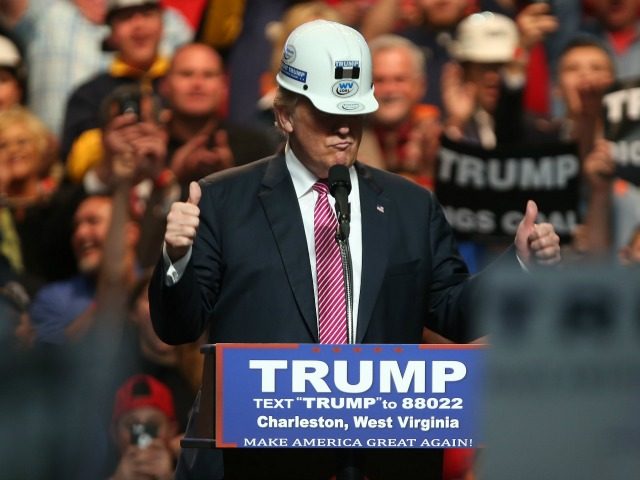With less than three days left before the 2016 election is over — barring recounts — Republican nominee Donald Trump is in a better position to win than any GOP candidate since 2004.
That’s not saying much, as the last two limped into Election Day. The polls still favor Hillary Clinton to win. But Trump is about to play the move that has justified his unlikely nomination from the beginning.
Trump’s gamble has been that he can flip one, or more, reliably Democratic “blue” states. His home state of New York is out of reach, and probably always was. But he has at least a chance of winning Michigan or Pennsylvania, and he is making a long-shot bid at Minnesota.
If he can flip one or more of those, Trump can lose in one or two of the typical “swing” states and eke out a narrow victory.
Beyond all of the rhetoric, that is essentially the calculated gamble that Republican primary voters made in 2016. And it is a rational choice.
In both 2008 and 2012, the party went with a “moderate” nominee in the hope of winning the swing states. The problem they faced was the Democrats’ built-in advantage in the Electoral College, thanks to the votes of large blue states like California and Illinois.
There is a reasonable argument to be made that a candidate like Sen. Marco Rubio (R-FL) might have had a better chance in the swing states than previous Republican nominees. But he ran into a wall of opposition on immigration. Former Florida governor Jeb Bush seemed to realize the importance of blue states, but his strategy was to run to the left, which doomed his primary chances.
Trump realized, as other candidates did not, that immigration and trade were key issues to voters in Rust Belt states. And while he had held various different positions on immigration over the years — he criticized Romney, ironically, for his allegedly harsh rhetoric in 2012 — Trump had a consistent opposition to free trade deals, going back decades. That was his bridge to working-class voters.
It is also partly why Trump looks likely to win Ohio, which no Republican can win the White House without. Honing in on that elusive prize, especially in the face of opposition from the state’s sitting Republican governor, is an achievement for which Trump deserves more credit, assuming he can hold onto the state when all the votes are counted.
The question is how much further he can go.
The argument from Trump’s remaining Republican opponents — some of whom, unhelpfully, are still talking about retribution after Tuesday — is that it is Hillary Clinton’s weakness, not Trump’s strength, that is responsible for the fact that he has a chance of winning, and that any other Republican would have done better. That counterfactual argument will frustrate future party unity in the event he loses.
There is no way to resolve that question except through victory on Election Day, which will relegate such debates to the political science academy, where they belong.
For now, the only important question is whether Trump’s daring, and at times risky, outreach to working-class voters will conquer one, or more, of Clinton’s strongholds.
Conventional wisdom says not. But voters have the final say.
Joel B. Pollak is Senior Editor-at-Large at Breitbart News. His new book, See No Evil: 19 Hard Truths the Left Can’t Handle, is available from Regnery through Amazon. Follow him on Twitter at @joelpollak.

COMMENTS
Please let us know if you're having issues with commenting.